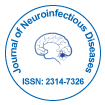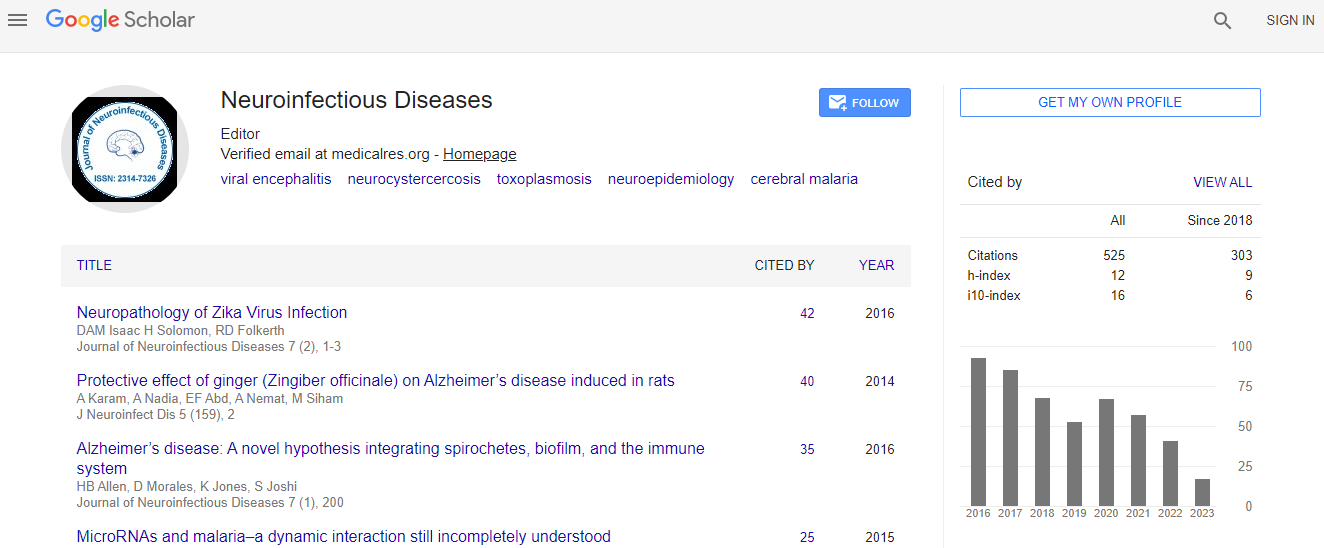Case Report
Baylisascaris Procyonis Induced Diffuse Unilateral Subacute Neuroretinitis in New York City
Norman A. Saffra1*, Jason E. Perlman2, Rajen U. Desai1, Kevin R. Kazacos3, Christina M. Coyle4, Fabiana S. Machado5, Sanjay R. Kedhar6, Michael Engelbert6,7, and Herbert B. Tanowitz4
1Division of Ophthalmology, Maimonides Medical Center, Brooklyn, NY, USA
2Department of Pediatrics, Maimonides Infants and Children’s Hospital of Brooklyn, Brooklyn, NY, USA
3Department of Comparative Pathobiology, School of Veterinary Medicine, Purdue University, West Lafayette, IN, USA
4Departments of Pathology and Medicine, Albert Einstein College of Medicine, Diagnostic Parasitology Laboratory and Parasitology Clinic, Jacobi Medical Center, Bronx, NY, USA
5Department of Biochemistry and Immunology, Institute of Biological Sciences, Federal University of Minas Gerais, Belo Horizonte, MG, Brazil
6New York Eye and Ear Infirmary, New York, NY, USA
7Department of Ophthalmology, Harkness Eye Institute, Columbia University, New York, NY, USA
- *Corresponding Author:
- Norman A. Saffra
Division of Ophthalmology
Maimonides Medical Center
Brooklyn, NY
USA
E-mail: eyesite@aol.com
Received date: 8 April 2010; Accepted date: 15 April 2010
Abstract
Diffuse unilateral subacute neuroretinitis (DUSN) secondary to raccoon roundworm (Baylisascaris procyonis) infection has been reported in rural and suburban areas of North America and Europe with extant raccoon populations. Here, we present a case of Baylisascaris-induced DUSN from the densely populated borough of Brooklyn in New York City and alert urban ophthalmologists to consider this etiology even in areas not typically thought to be associated with endemic risk factors. Infected raccoons also occur in urban settings, and urban patients may be exposed in surrounding areas. Most patients with Baylisascaris ocular larva migrans-DUSN will not have concomitant neurologic disease; this fact and larval neurotropism are both misconceptions regarding this infection.

 Spanish
Spanish  Chinese
Chinese  Russian
Russian  German
German  French
French  Japanese
Japanese  Portuguese
Portuguese  Hindi
Hindi 
